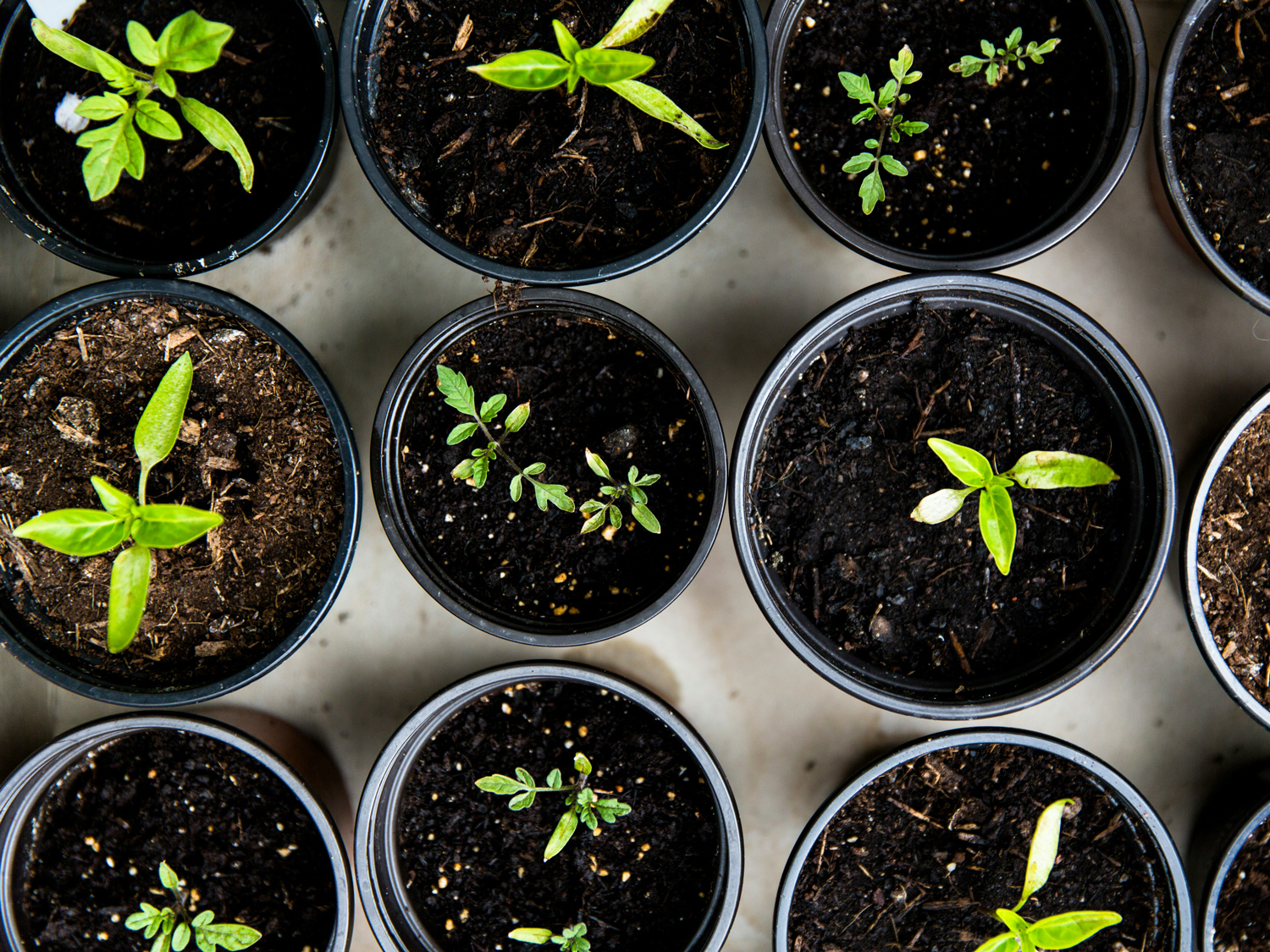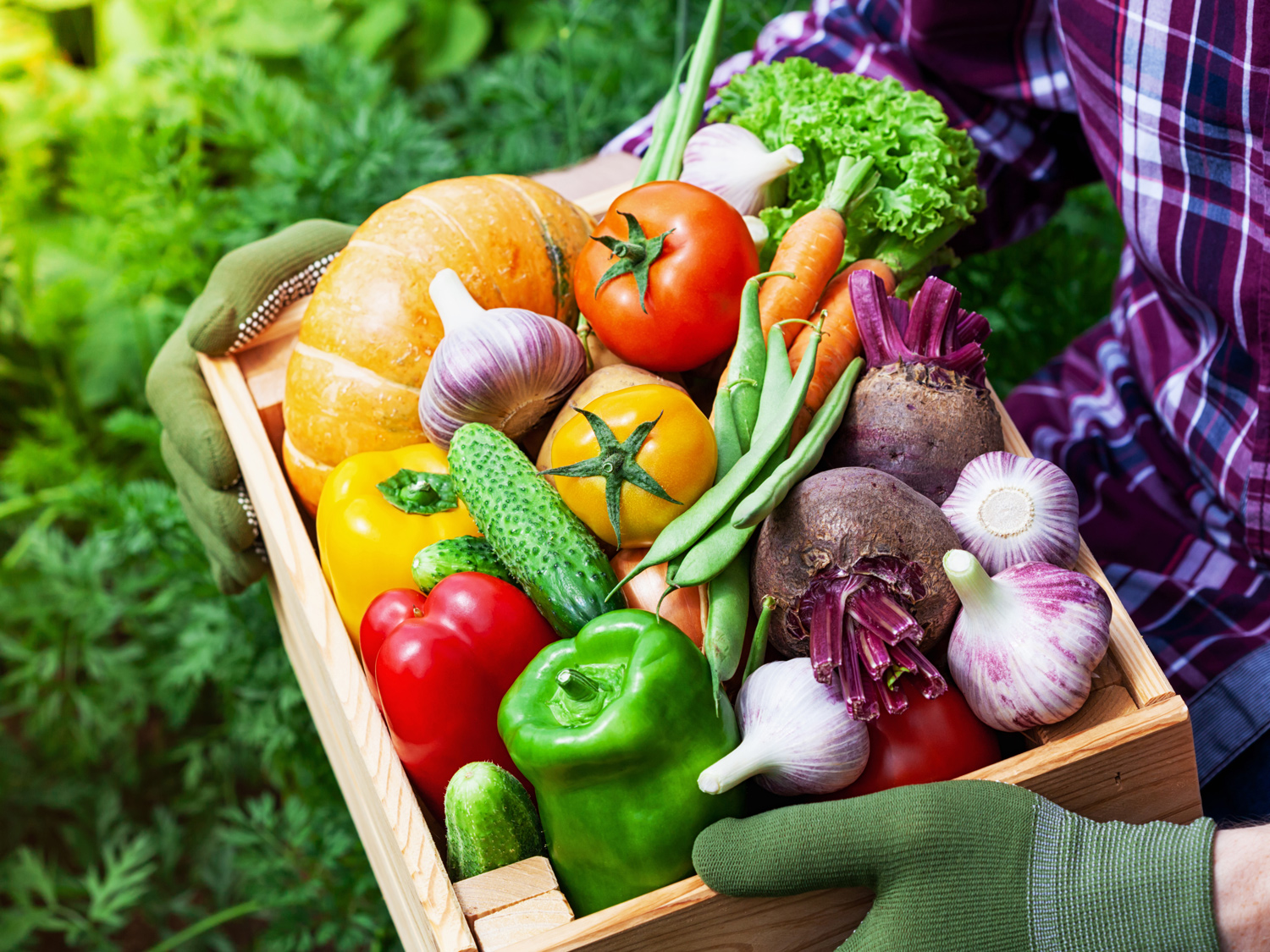Eschscholzia, A Rainbow of California Poppies, Bonus Pack ~ 225 sqft


- Sun Preference
- Full-Sun
- Bloom Time
- Summer, Fall
Description
Eschscholzia californica
Perennial/Grown As Annual
Easy to grow, cheerful California poppies in this rainbow mix of soft pink, magenta–rose, yellow, gold and classic orange are a perfect choice for hot and dry areas and grow without fuss all over the country. The satiny blossoms shine above mounds of feathery gray-green foliage for weeks, covering the ground with a cloak of bright, fluted flowers.
Sow these poppies to cover a neglected area or hard to cultivate slope, or plant in a large garden area for a memorable display.
Seed Starting Successfully
Start your garden from scratch with Gertens' wide variety of seed packets! Whether you're a seasoned gardener or just starting out, we have seeds for every skill level and garden size. From colorful flowers to delicious vegetables, our seeds are carefully selected for their quality and performance.
Details
Cold Winters: April - May
Mild Winters: Sept - April
Sow Seeds: 2-3 inches apart, 1/4 inch deep
Days To Germinate: 7 - 14 days
Mature Height: 12 - 15 inches
START SEED DIRECTLY IN THE GARDEN
Sow seeds directly in fine textured, well drained soil in full sun as early in spring as the ground can be worked. Plant as early as possible in spring, as poppies can handle light frost and bloom best and longest when plants get a good start in cool weather.
Except in very poor soil, these California poppies will flower readily with no added fertilizer.
Sprinkle seeds thinly, cover or rake in lightly, 1/4 inch deep, and firm soil gently. Be sure to keep the soil moist while awaiting germination and when seedlings are small. For best results, thin well-established seedlings to a final spacing of 6 to 8 inches apart so plants have room to grow, develop and bloom.
In Mild Winter Climates, where ground does not freeze hard, poppies can also be sown in late fall to over-winter for spring bloom. Be sure to protect fall-grown seedlings from slugs, snails and marauding birds.
GROWING NOTES
When mature, poppy plants can handle dry conditions, but will thrive and always bloom much longer if watered regularly. Poppies are lovely cut flowers if brought indoors just as buds begin to open. At season's end, allow spent flowers to form pods and drop seed if you want poppies to self-sow.
More Information
| Brand | Renee's Garden |
|---|---|
| Seed Packet Type | Value Packs |
| Common Family Name | Poppy |
| Sun Preference | Full-Sun |
| Deer Resistant | No |
| Bloom Time | Summer, Fall |
| Plant Life Cycle | Annual |
| Mature Height (Range) | 13" - 24" |
| Spacing in Row | 2-3", thin to 6-8" |
| Planting Depth | 1/4" |
| Days to Germination | 7-14 days |


